A charge q is placed at O in the cavity in a spherical uncharged conductor. Points S is outside the conductor. If q is displaced from O towards S (still remaining within the cavity)
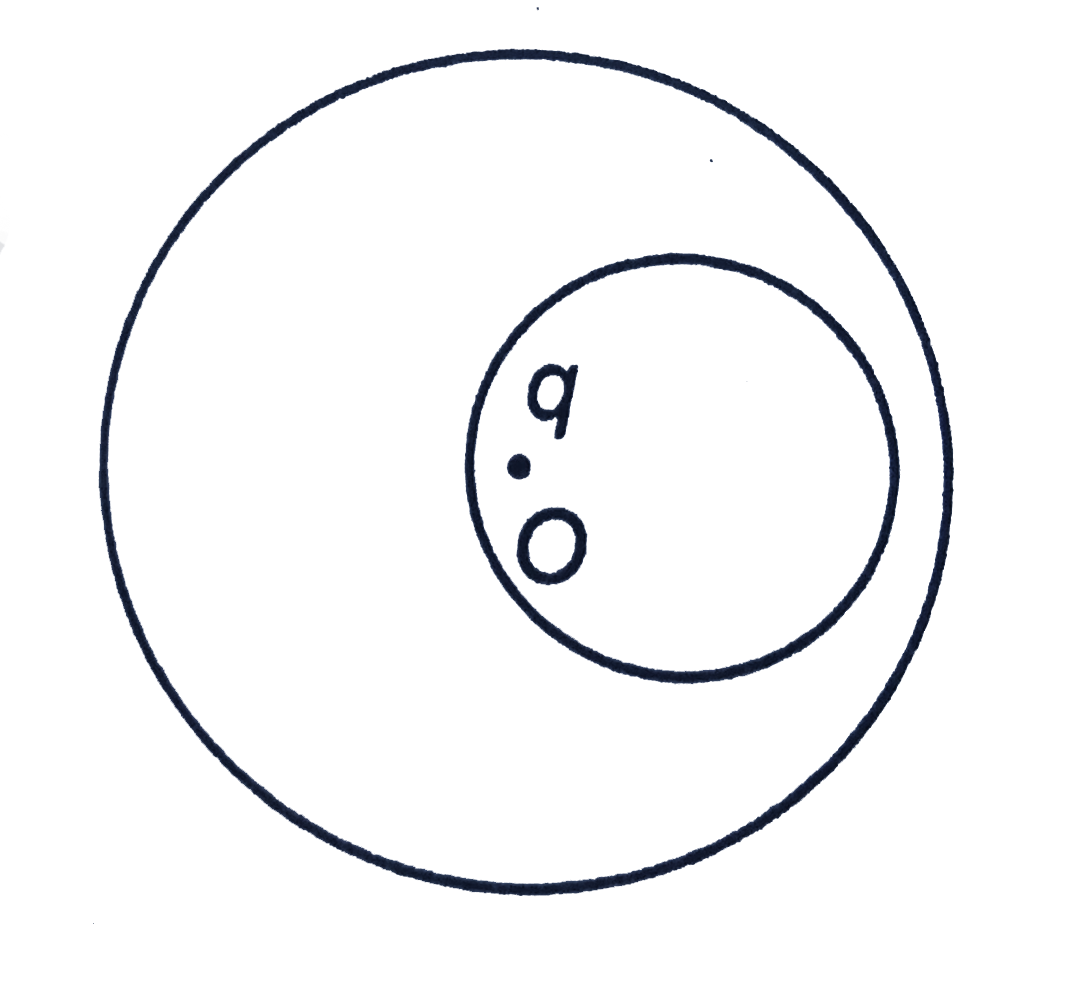
electric field at S will increase
electric field at S will decrease
electric field at S will first increase and then decrease
electric field t S will not change
The correct Answer is:D
Electric line sof forces of q will not penetrate the conductor
Topper's Solved these Questions
- BOOK - DC PANDEYCHAPTER - ELECTROSTATICSEXERCISE - Exercise 24.14videos
ELECTROSTATICS
- BOOK - DC PANDEYCHAPTER - ELECTROSTATICSEXERCISE - Exercise 24.29videos
ELECTROSTATICS
- BOOK - DC PANDEYCHAPTER - ELECTROSTATICSEXERCISE - Example Type 83videos
ELECTROSTATICS
- BOOK - DC PANDEYCHAPTER - ELECTROSTATIC POTENTIAL AND CAPACITORSEXERCISE - (C) Chapter exercises50videos
ELECTROSTATIC POTENTIAL AND CAPACITORS
- BOOK - DC PANDEYCHAPTER - GRAVITATIONEXERCISE - All Questions120videos
GRAVITATION
Similar Questions
A point charge q is placed with in the cavity of an electrically neutral conducting shell whose outer surface has spherical shape. Then,
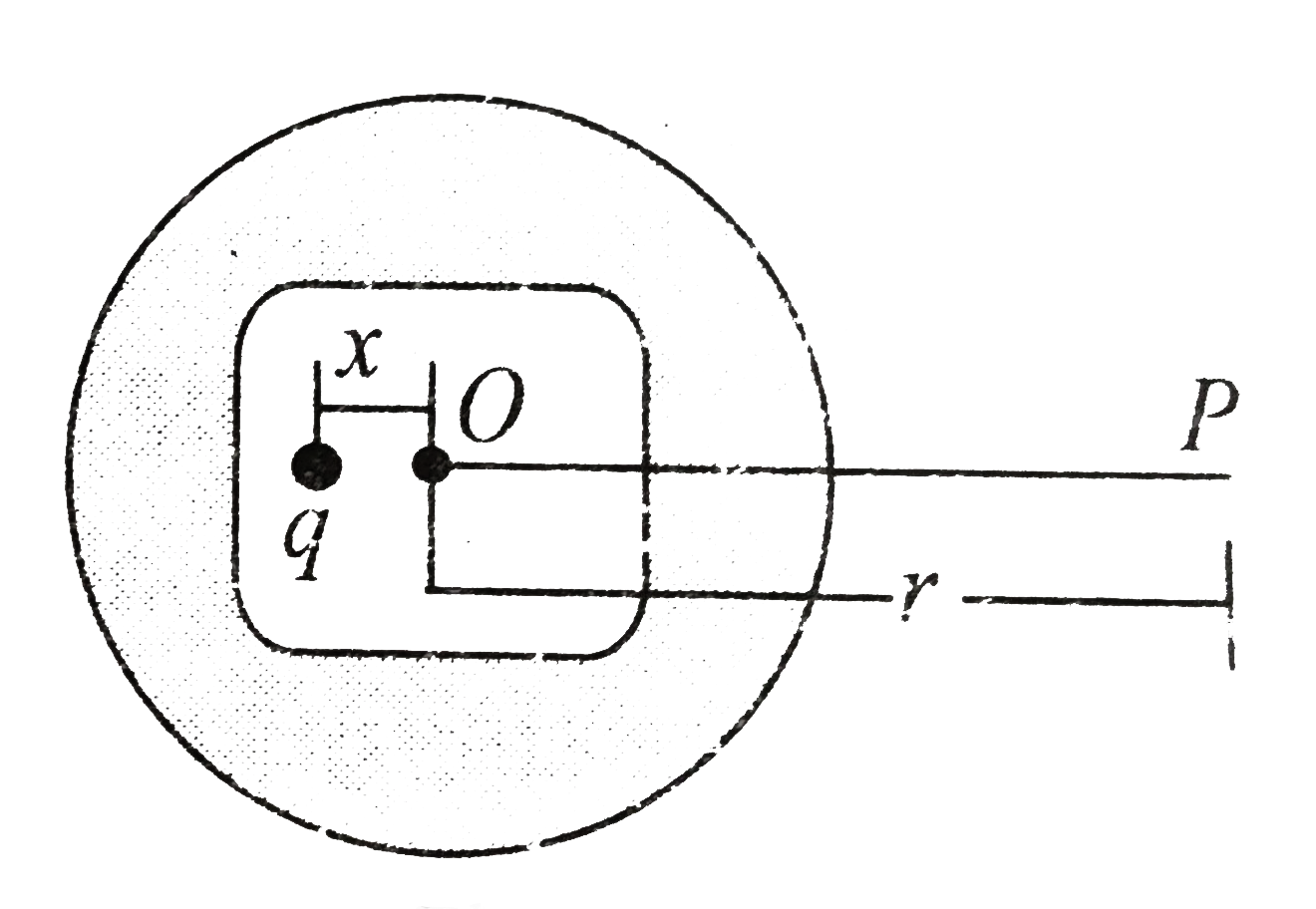 View Solution
View SolutionA charge Q0 is placed at the center of spherical cavity of a conductor and another charge Q is placed outside the conductor as shown in the figure. The correct statement is :
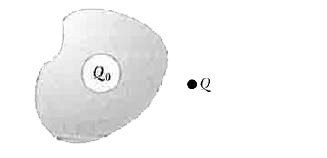 View Solution
View Solution
Knowledge Check
- Question 1 - Select One
A charge q is placed at O in the cavity in a spherical uncharged conductor. Points S is outside the conductor. If q is displaced from O towards S (still remaining within the cavity)
 Aelectric field at S will increaseBelectric field at S will decreaseCelectric field at S will first increase and then decreaseDelectric field t S will not change
Aelectric field at S will increaseBelectric field at S will decreaseCelectric field at S will first increase and then decreaseDelectric field t S will not change - Question 2 - Select One
Asseration: A point charge q is placed at centre of spherical cavity inside a spherical conductor as shown. Another point charge Q is placed outside the conductor as shown. Now as the point charge Q is pushed away from conductor, the potential difference (VA−VB) between two points A and B within the cavity of sphere remains constant.
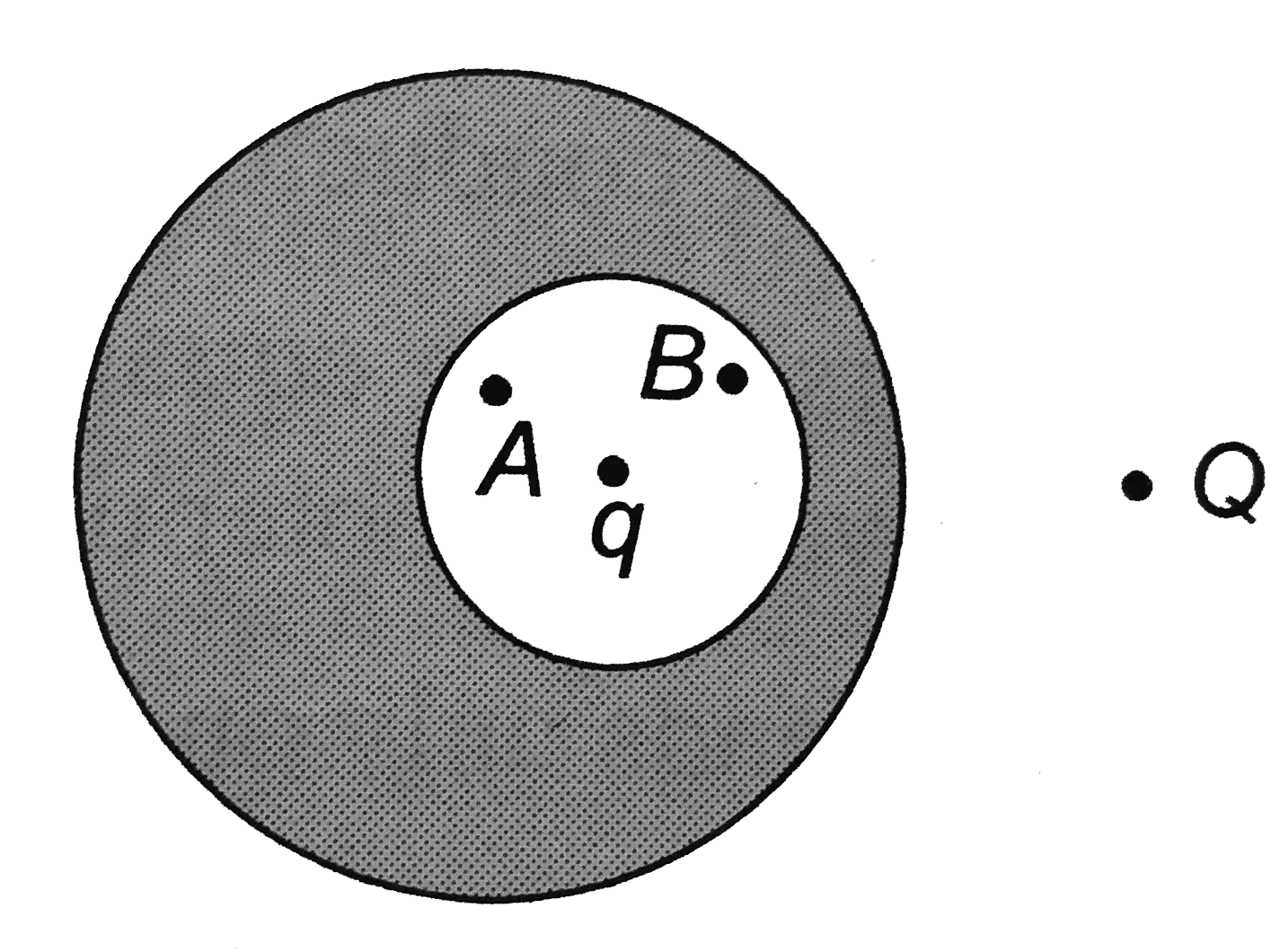
Reason: The electric field due to charges on outer surface of conductor and outside the conductor is zero at all points inside teh conductor.AIf both assertion and reason are true and reson is the correct explanation of assertion.BIf both assertion and reason are true but reason is not the correct explanation of assertion.CIf assertion is true but reason is false.DIf assertion and reason both are false. - Question 3 - Select One
A spherical conductor A contains two spherical cavities as shown in Fig.2.127. The total charge on conductor itself is zero . However , there is a point charge q1 at the center of one cavity and q2 at the center of the other cavity . Another charge q3 is placed at a large distance r from the center of the spherical conductor.
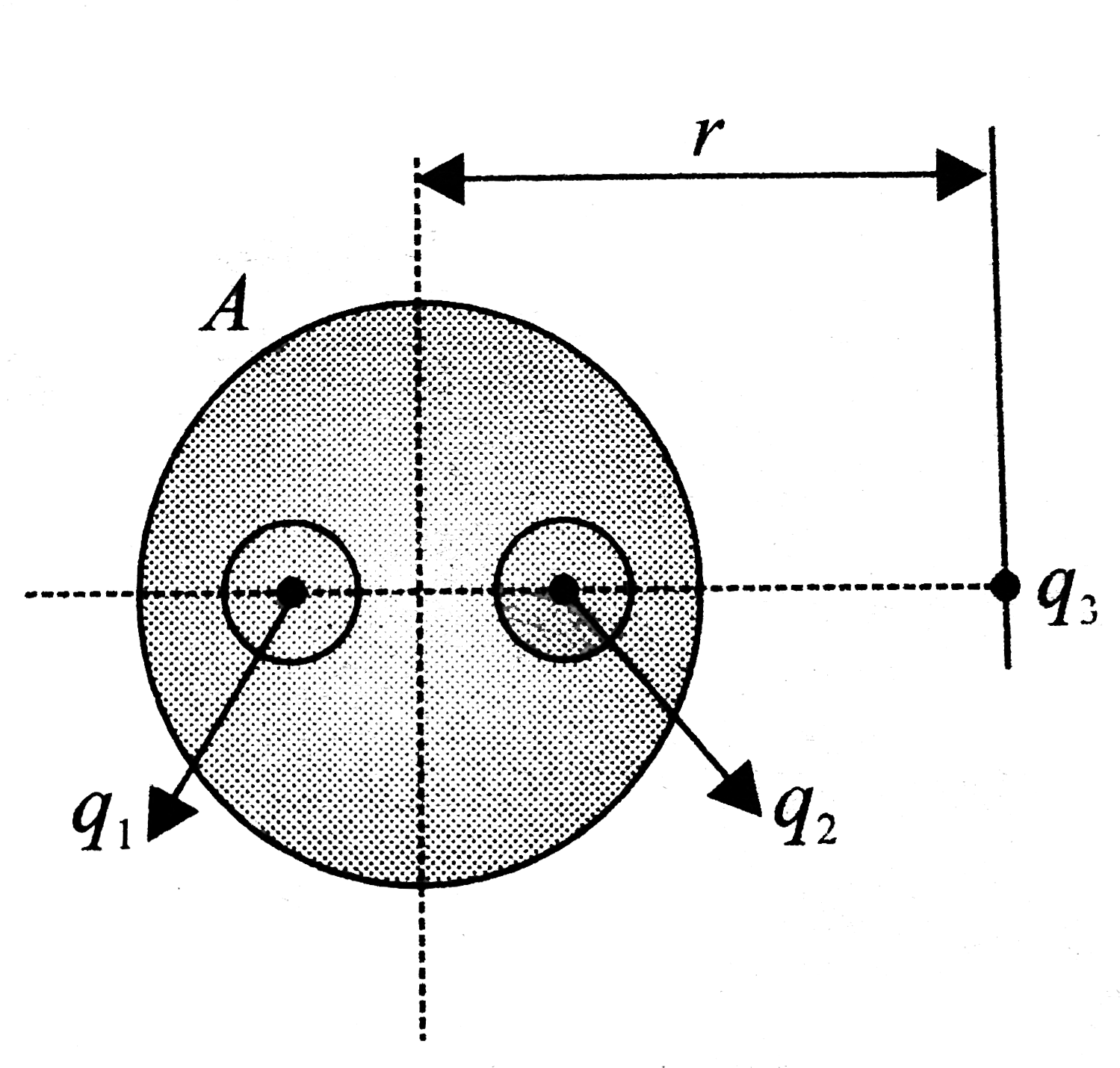
If q1 is displaced from its center slightly (being always inside the same cavity ), then the correct representation of field lines inside the same cavity isA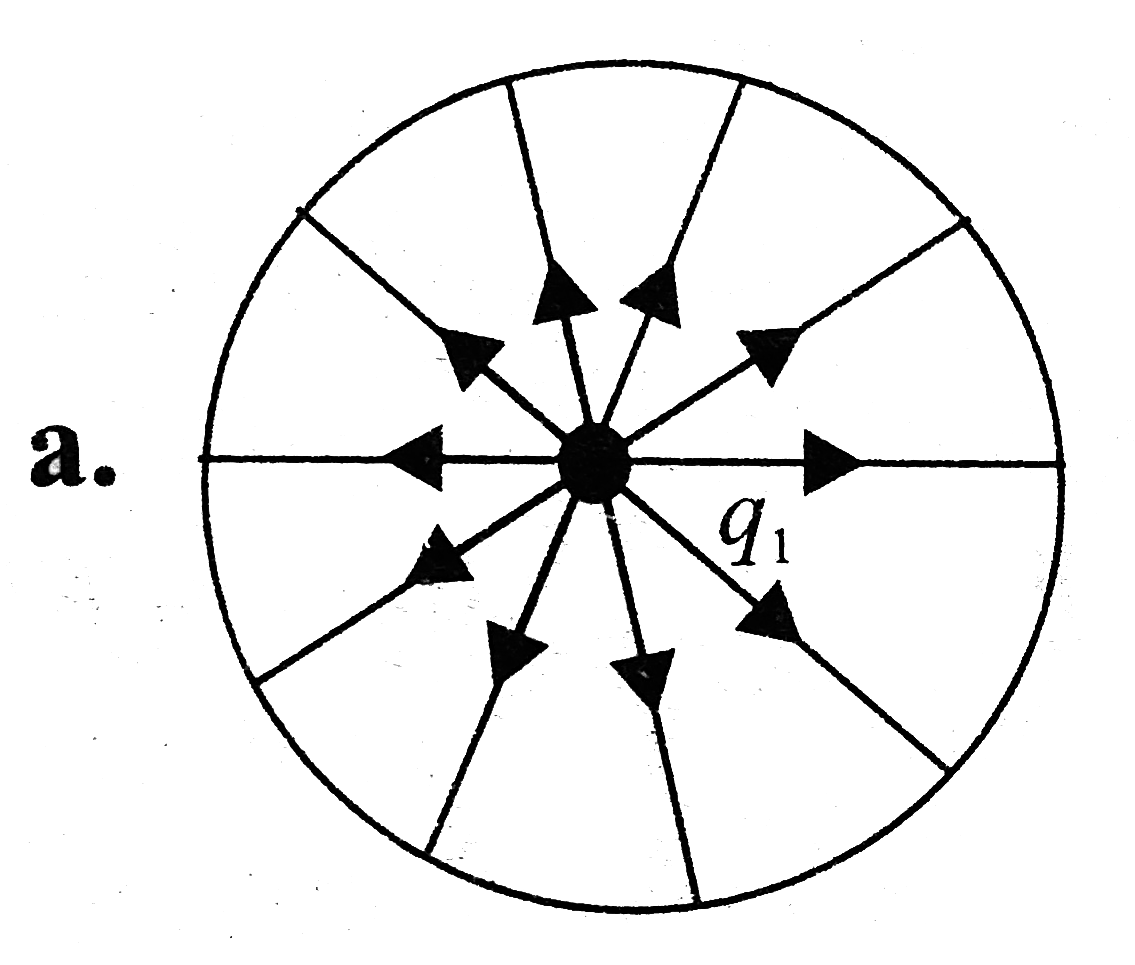 B
B CThere will be no field lines inside the cavity.D
CThere will be no field lines inside the cavity.D
the figure shows a charge q placed inside a cavity in an uncharged conductor, Now if na external electric field is switched on
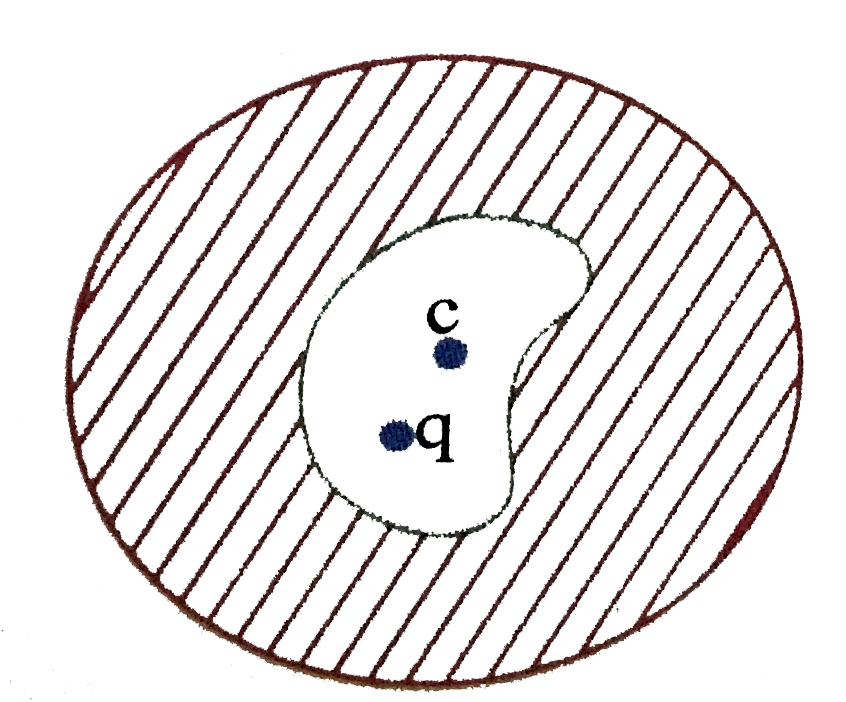 View Solution
View SolutionA point charge q1 is placed inside cavity 1 and another point charge q2 is inside cavity 2. A point charge q is placed outside the conductor. For the situation described above, answer the following questions.
If q1 is at the center of cavity 1, then →E at point S, at a distant r from the center of cavity 1(r>r1), due to the induced charge on outer surface of the conductor , would beView SolutionA point charge q1 is placed inside cavity 1 and another point charge q2 is inside cavity 2. A point charge q is placed outside the conductor. For the situation described above, answer the following questions.
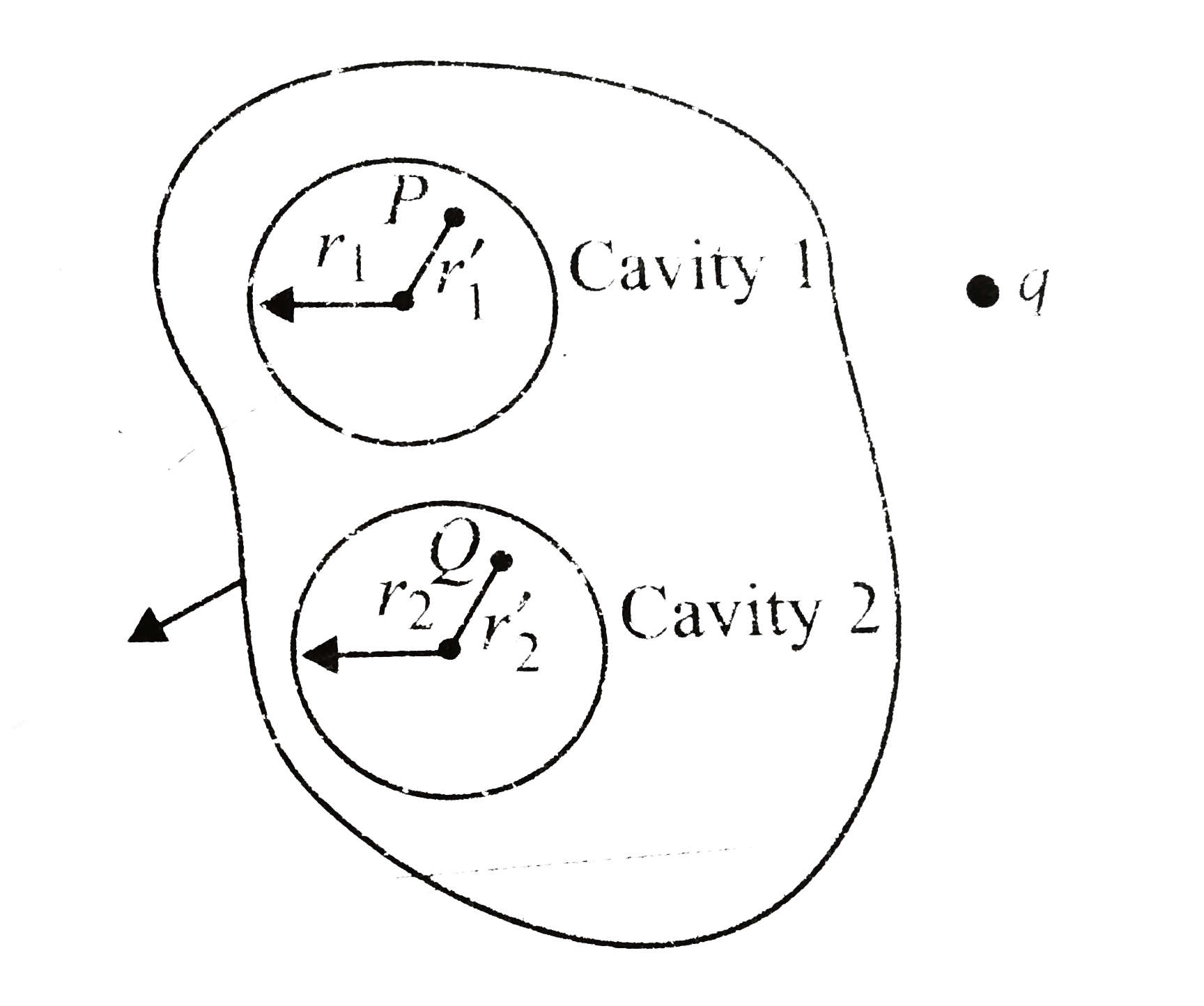
The charge on outer surface of the conductor would beView SolutionA point charge q1 is placed inside cavity 1 and another point charge q2 is inside cavity 2. A point charge q is placed outside the conductor. For the situation described above, answer the following questions.
→E inside the conductor at point S distant r from point charge q, due to charge on outer surface of the conductor, would beView SolutionA point charge q1 is placed inside cavity 1 and another point charge q2 is inside cavity 2. A point charge q is placed outside the conductor. For the situation described above, answer the following questions.
If the potential of the conductor is V0 and charge q2 is placed at the center of cavity 2, then potential at point Q isView Solution

